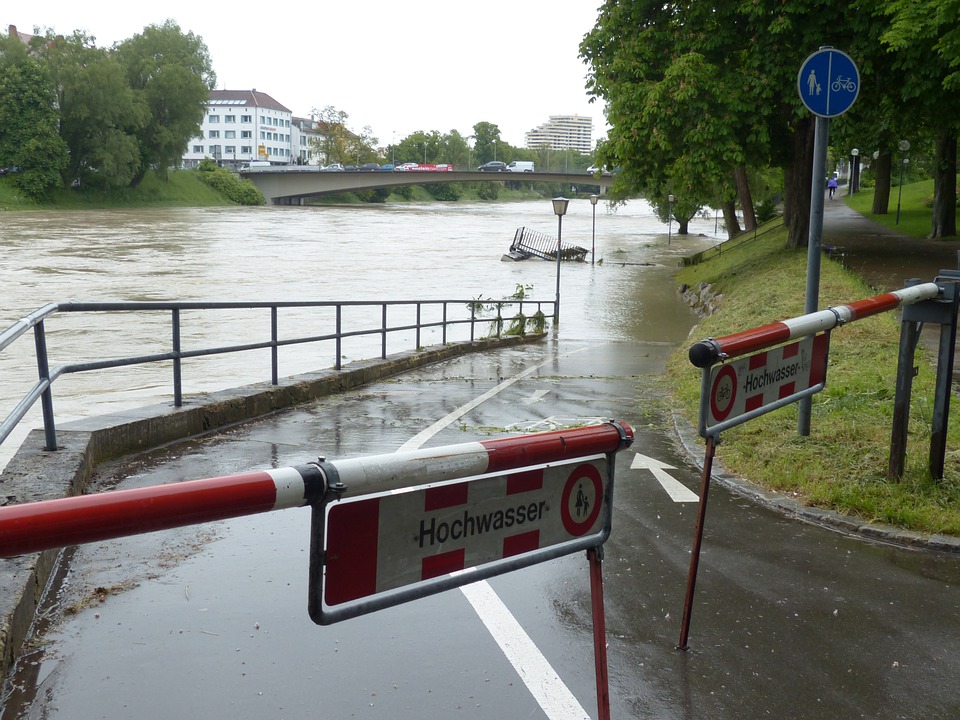Which Climate Favors Mechanical Weathering?
Weathering is a natural process that breaks down rocks and minerals, significantly shaping landscapes over time. Mechanical weathering, a subset of this process, involves the physical breakdown of rocks through forces such as temperature changes, ice, and wind without altering their chemical composition. Understanding the climates that favor mechanical weathering is essential for comprehending how landscapes evolve.
1. Characteristics of Mechanical Weathering
A. Definition and Processes
Mechanical weathering occurs when physical forces break down rocks into smaller fragments. Key processes include:
– Frost wedging: Water seeps into cracks in rocks, freezes, and expands, causing the rock to fracture.
– Thermal expansion: Repeated heating and cooling cause rocks to expand and contract, leading to stress and eventual breakage.
– Abrasion: The wearing away of rock surfaces through contact with other materials, often driven by wind or water.
B. Importance in Shaping Landscapes
Mechanical weathering is crucial for soil formation and sediment production. It is particularly prominent in regions experiencing extreme temperature fluctuations or frequent physical forces.
2. Climate Conditions Favoring Mechanical Weathering
A. Cold Climates with Freeze-Thaw Cycles
Cold climates, especially those with significant seasonal temperature variations, are prime environments for mechanical weathering through frost wedging. In these areas, water infiltrates rock cracks, freezes during cold spells, and expands, exerting pressure that fractures the rock. This cycle is prevalent in:
– Alpine regions
– Arctic areas
– High-elevation zones
The effectiveness of frost wedging increases with the frequency of freeze-thaw cycles, making these climates particularly conducive to mechanical weathering[2][6].
B. Arid and Semi-Arid Climates
In deserts and semi-arid regions, mechanical weathering is driven by thermal expansion due to extreme temperature fluctuations between day and night. Rocks expand during the heat of the day and contract at night, leading to gradual fracturing over time. Notable examples include:
– Sahara Desert
– Mojave Desert
– Gobi Desert
These conditions create a unique environment where mechanical weathering occurs primarily due to temperature changes rather than moisture[4][6].
C. Windy and Sandy Environments
Mechanical weathering also thrives in windy environments where sand and small particles are blown against rock surfaces, causing abrasion. This process effectively wears down rocks over time. Examples include:
– Sandy deserts
– Coastal regions with strong winds
In these areas, the constant movement of sand contributes significantly to the erosion and shaping of rock formations[1][3].
3. Examples of Mechanical Weathering in Different Climates
A. Frost Wedging in Cold Mountainous Areas
In mountainous regions like the Rockies or the Alps, frequent freeze-thaw cycles result in sharp rock formations as rocks are broken apart through frost wedging.
B. Exfoliation and Thermal Stress in Hot Deserts
Desert environments experience exfoliation as rocks break down into thin layers due to extreme temperature variations between day and night.
C. Abrasion in Coastal and Desert Regions
In locations like Monument Valley, sandblasting from wind-driven particles wears down rock surfaces, contributing to distinctive geological features.
FAQs
– What is mechanical weathering?
Mechanical weathering refers to the physical breakdown of rocks into smaller pieces without changing their chemical composition.
– Why does freeze-thaw weathering occur in cold climates?
Freeze-thaw weathering occurs because water that seeps into rock cracks freezes at low temperatures, expands, and exerts pressure on the surrounding rock.
– How does thermal expansion cause rock breakdown in deserts?
In deserts, significant temperature differences between day and night cause rocks to expand during heat and contract when cooled, leading to stress fractures.
– Can mechanical weathering happen in humid climates?
While mechanical weathering can occur in humid climates (e.g., through root expansion), it is generally less dominant than chemical weathering processes.
– What are examples of landforms created by mechanical weathering?
Mechanical weathering contributes to various landforms such as cliffs, valleys carved by abrasion, and unique rock formations shaped by frost wedging or exfoliation.
Conclusion
Mechanical weathering is most effective in climates characterized by freeze-thaw cycles, extreme temperature fluctuations, and strong winds. These climatic conditions significantly influence the rate and type of weathering processes that shape our landscapes and ecosystems over time. Understanding these dynamics is crucial for appreciating how natural forces sculpt our environment.

Kyle Whyte is a notable scholar and professor at the University of Michigan, holding positions such as the George Willis Pack Professor in the School for Environment and Sustainability and Professor of Philosophy. Specializing in environmental justice, his work critically examines climate policy and Indigenous peoples’ ethics, emphasizing the nexus between cooperative scientific endeavors and Indigenous justice. As an enrolled Citizen Potawatomi Nation member, he brings a vital perspective to his roles as a U.S. Science Envoy and member of the White House Environmental Justice Advisory Council. His influential research is supported by various prestigious organizations including the National Science Foundation, and disseminated through publications in high-impact journals. Kyle actively contributes to global Indigenous research methodologies and education, with affiliations to numerous institutes and societies dedicated to traditional knowledge and sustainability. Recognized for his academic and community engagement, Kyle has earned multiple awards and served in various visiting professorships. His efforts extend to leadership positions on boards and committees focused on environmental justice nationwide.
